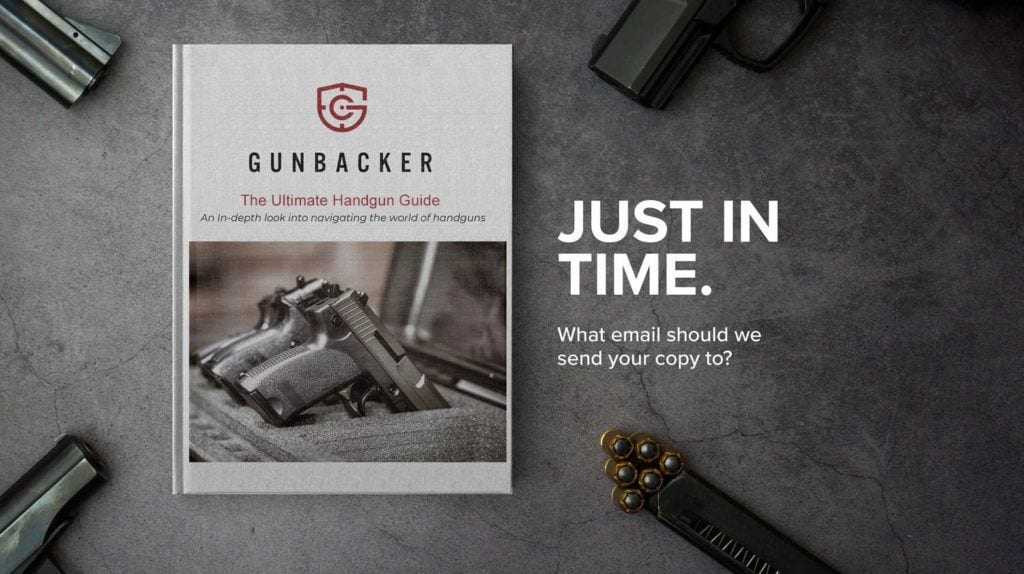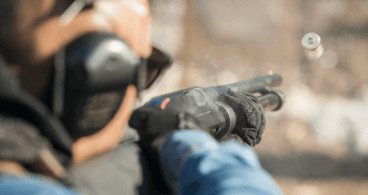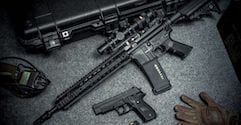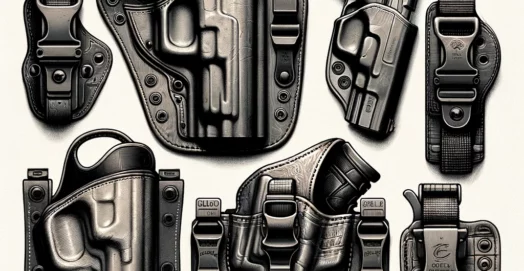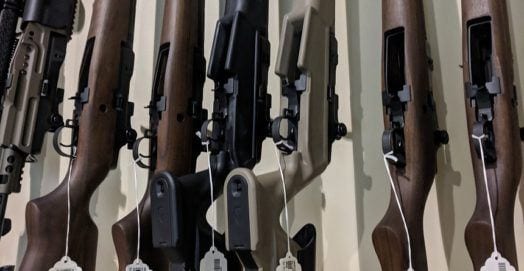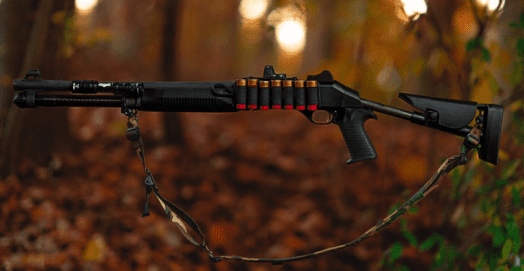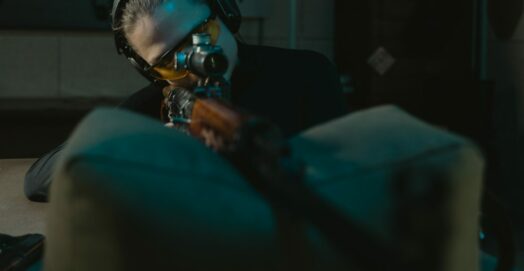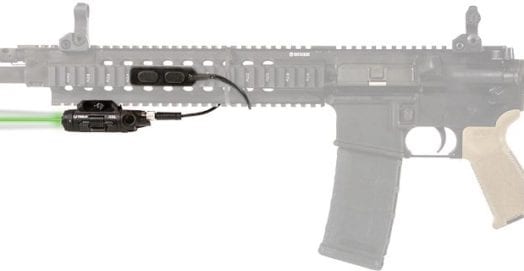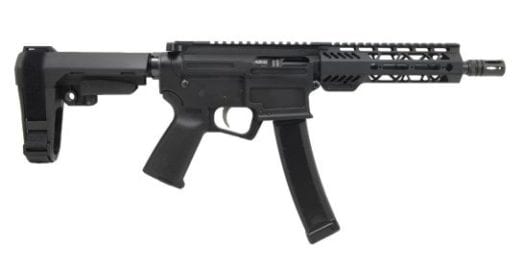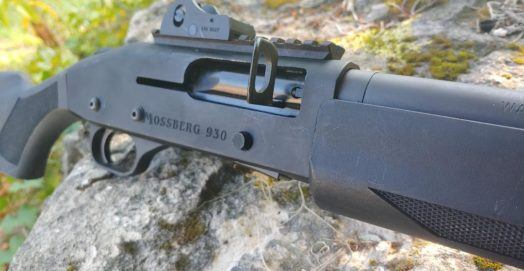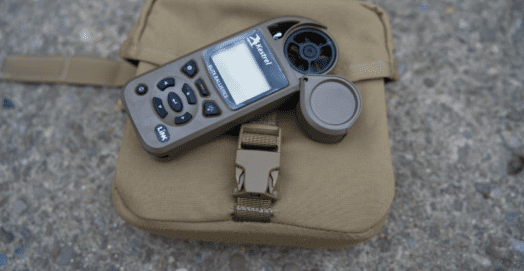Military Medical Systems That Could Save Your Life

Like a lot of you guys and gals, I’m always interested in what the military is doing, particularly in regards to how I can shamelessly steal their ideas to keep my ass alive. To that end, I’m always curious about what our combat medics and corpsmen are carrying in their aid bags, and what the latest training looks like…
I’ve always been of the opinion that you should be just as prepared for the horrible moment when you get shot as for the horrible moment when you have to shoot someone else. So many of us carry a gun, but how many of us carry a tourniquet which we’re statistically much more likely to need?
Well, I wanted to know what most of these brave folks were carrying around, and I figured some of you would be interested too.
So I asked some of them.
I grew up in a military town, I have friends and family in the military, and some of them, including my brother-in-law, are either corpsmen or medics, so I asked around to see what everyone was carrying in their aid bags, and what the new treatment guidelines looked like, and how we civilians could use all that information to keep ourselves safe.
Here’s what I found out.
Contents
Background

The people I interviewed were my good buddy Jason Baxley who is an Army Combat Medic(68W), and his friend Isaac, who is a Special Forces Medical Sergeant(18D). Finally, I talked to my very own brother-in-law Thomas, who is a Navy Hospital Corpsman (HM4).
For my own knowledge, I have first aid, CPR, and TECC (the civilian version of the military’s Tactical Combat Casualty Care) certifications, and a general interest in emergency medicine. I’m always looking to improve those skills, as well as my material preparedness for a medical emergency, so this was a fun project for me.
The goal here is to give the average citizen an idea of what basic skills to have, and what to keep in their trauma kit/emergency stash/bugout bag in order to deal with injuries that might occur during a shooting, car accident, natural disaster, or civil unrest such as sustained rioting.
I am going to make a disclaimer here before we begin. A few things.
First, I’m not a doctor. No one at GB is a doctor. And we’re sure as shit not your doctor, so everything contained here is for general information and entertainment, and is not medical advice.
Second, an entire top-of-the-line trauma center’s worth of gear isn’t going to do you the first bit of good if you don’t know how to use it. Find a reputable place to take TECC/TCCC courses, EMT-B courses, or just general first aid courses so that you can actually use all of the information and items we’re going to go over.
TCCC and the MARCH Treatment Doctrine (AKA: Dealing With What’s Most Likely to Kill You)
The military’s collective approach to battlefield medicine is about stabilizing immediately life-threatening injuries so that casualties can be evacuated to a more advanced hospital location.
If you want to learn more about TCCC, and how treating life-threatening injuries in combat works, check out this TCCC Quick Reference Guide.
Battlefield medics also carry general first-aid supplies for non-life-threatening injuries, and other general maladies like allergies, seasickness, the runs, etc.
Finally, Med Sergeants and SF medics in general often carry supplies that they might need to treat locals or perform more advanced care in remote locations where evac could be days away.
We’re going to look at what supplies are most applicable to civilian care, and what training the average person can most benefit from getting. This should help guide your own study of civilian first aid and trauma medicine, as well as your ability to build out an effective trauma kit.
Applying TCCC Knowledge to Establish a Civilian Standard of Prehospital Care
For our purposes, we’re going to be looking primarily at what skills and equipment you’ll most likely need to stabilize the most common life-threatening injuries so that the injured person can be evacuated to a more advanced hospital setting and receive more complete care.
This is the situation most of us will find ourselves in if we ever have to deal with life-threatening trauma. In most cases, we’re not going to be that far from a hospital in our day-to-day. We’re focused on what we call the “prehospital” stage of care.
Basically, we’re focused on what you can do to stabilize a patient (or yourself) until EMS/first responders with a higher level of training arrive and can get the injured person to a hospital.
There’s nothing in this article about running an improvised IV in a burned-out Walmart after the zombie apocalypse. Sorry guys.
This is focused on realistic scenarios, and on what you can realistically treat. This isn’t a crash course in meatball surgery. This is about what the average person can train to deal with on the side of a highway, or in a parking lot, or what have you.
Even if you’re going into the backcountry to hunt for a week, or you’re trekking across Southeast Asia on vacation, your needs are going to be a little bit different, and beyond the scope of this article (I’d be happy to do an article about building a backcountry/extended trip medical bag though, so give me a shout if that’s something you guys would want to see).
For now, we’re going to cover what the military teaches under the MARCH system of TCCC.
This is basically a checklist of the things that will kill you, or a patient in your care, and the order in which they will kill you. Think of it as a priority list when addressing injuries.
So the big goal for today is not to teach you everything you need to know to be a 68Whiskey (Army Medic) its to show you the skills and equipment you need to be able to stop preventable death due to physical trauma.
What is MARCH?
When you see MARCH in this context, we’re talking about Major Hemorrhage, Airway, Respiration, Circulation, Hypothermia and Head Trauma.
The H-ABC’s are another way I’ve seen this list, especially on the civilian side. It’s very similar and stands for Hemorrhage, Airway, Breathing, and Circulation.
Everything we’re going to go over today is going to focus on dealing with these issues, but we’re going to focus on the MARCH acronym, and the gear needed to treat things in that order, and what a civilian is likely going to be called upon to do.
The respiration, circulation, hypothermia and head trauma issues are more for someone at the hospital stage in a civilian setting, so we’re going to leave those for the paramedics and the doctors and nurses at the hospital, okay?
Oh, and one more thing, we’re going to add a step. Direct someone nearby to call 911.
Look at them, point, loudly say their name if you know it or identify them somehow (“You, blue shirt guy”) and tell them to call 911 and request EMS. Do this as you’re starting to render aid.
You’d be shocked how often people just freeze up in a situation like that and forget that trained professionals in a mini mobile hospital are probably less than fifteen minutes away…as long as they’re called quickly.
Major Hemorrhage
In a trauma context, major uncontrolled hemorrhaging is what’s going to kill you or your patient first. The more blood that’s on the floor, the less likely survival becomes, so the first thing that military medics look to is controlling hemorrhaging, and that’s where you should start as well.
Remember, we’re dealing with stuff that we can treat. Brain injury, a gunshot to the heart, evisceration with guts hanging out are outside our ability to treat on the scene. Bleeding from an extremity or the torso? That we can handle.
Under the TCCC system, this is the biggest part of the “Care Under Fire” stage, aside from making sure that the casualty and the person giving aid don’t take any further injuries. Remember, we’re controlling bleeding when it is tactically advisable and safe to do so.
And the way you control hemorrhaging is what, class? That’s right, you apply pressure!
But how and where and with what?
The primary method, and the thing you should absorb into your brain even if you skip everything else here; is to use a tourniquet. Tourniquets alone stop about 70% of preventable deaths on the modern battlefield under TCCC.
That’s insane to me, and it should be enough to make you want to keep one (or several) handy.

Anyone deployed in a combat situation is going to have an IFAK with at least one tourniquet in it. Maybe two.
There a number of tourniquets that have been approved by the military under TCCC, but the ones that you’ll find in just about every Infantry First-Aid Kit(IFAK) or aid bag are the SOF-T Wide and the CAT tourniquets.
Opinions differ, but I think in general the CAT is more popular and easier for someone who hasn’t practiced with them a thousand times to use.

The CAT is also, in my opinion, easier to apply to yourself, and the SOF-Ts are easier to apply to someone else. Maybe grab one of each, and keep the CAT handy for yourself, and the SOF-T in your car or household emergency kit.
Next on the “don’t bleed to death” list is applying a chest seal to any wounds on the torso. Chest seals are dressings specifically designed to stick to the torso to prevent air from being sucked into the chest cavity and causing a tension pneumothorax, or more classically a “collapsed lung”.
This is more of an airway step if we’re strictly following the MARCH order, but tension pneumothorax can be treated by carefully using a 14 gauge catheter/decompression needle to release pressure in the chest cavity if you’ve been trained to use one.
I carry one in my first aid kit, but I know how to use one. If you screw this up, it’s possible to do more harm than good.
It’s much easier to simply carry chest seals, and a lot harder to kill someone with one, but try to take a weekend TECC/TCCC class and learn how to treat a tension pneumothorax.
As far as general chest wounds, don’t worry about identifying a sucking chest wound vs a non-sucking chest wound. Take a chest seal, wipe off the area so there’s the minimum amount of dirt and blood on it, and slap the chest seal on the wound, sticky side down.
Then get your casualty to a hospital.
The chest seals I personally carry are Hyfin seals, but any seal that uses hydrogel adhesive is pretty much good to go. You can also improvise a chest seal in a pinch with some plastic wrap and tape, but we’re trying to be prepared, not prepared to improvise.
After chest seals, we have pressure dressings. In a pinch, a pressure dressing can be a clean rag and some duct tape, but we’re trying to move beyond improvisation and actually be prepared for this stuff, right?
Well, the most common pressure dressings are simply Kerlix and an ACE bandage. Every experienced EMT, corpsmen, medic, and Special Forces High-Speed Cool Guy I’ve talked to has advised to simply do away with the fancy Israeli bandage, and instead just carry two rolls of gauze, two elastic bandage wraps, and a small pocket-sized roll of duct tape.
It turns out not even the Special Forces can improve on duct tape.
The reason for the gauze and the ACE wrap over the Israeli bandage or other “tactical dressing” is two-fold. First, the gauze pad on those fancy Cool Guy bandages can’t be used to pack a wound. Second, they’re literally just a gauze pad and an ACE wrap.
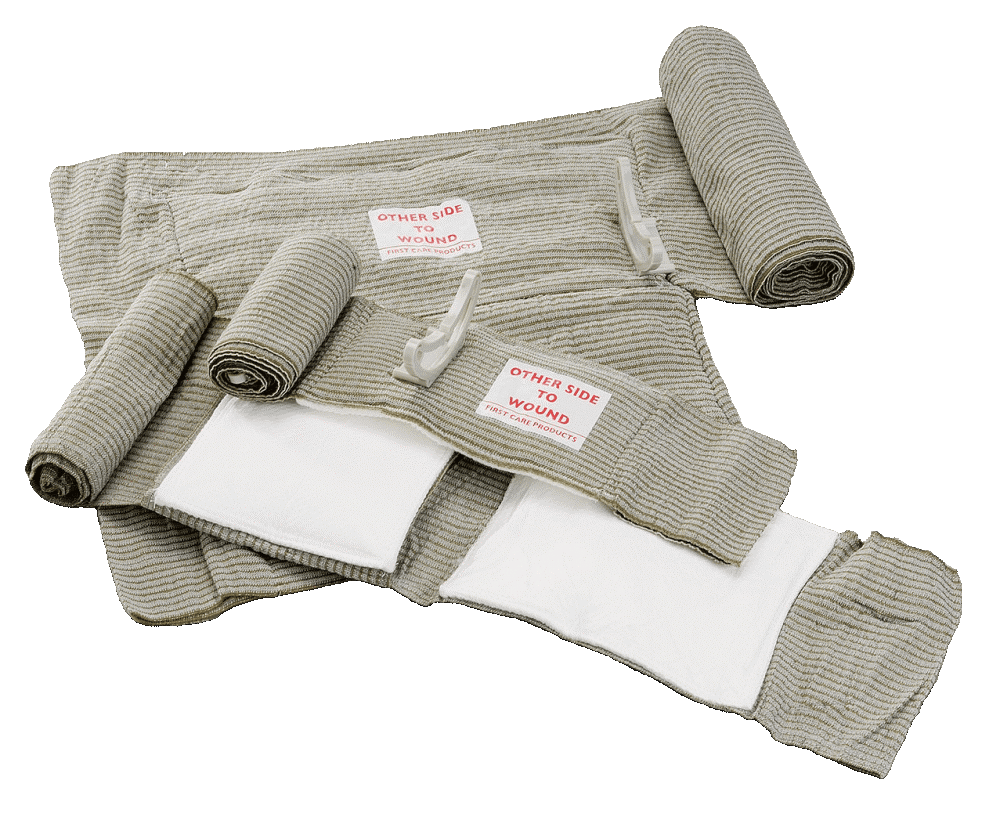
Also, you can find elastic bandages and gauze all over the world, so it doesn’t really matter where you are, you can find something that will work for a pressure dressing without paying $30 for the tacticool one in the fancy camouflage wrapper.
There are other things you can add to your emergency kit to deal with major hemorrhaging, particularly a hemostatic dressing. The two recommendations I got were for Combat Gauze and Celox.
Airway Obstruction
After bleeding, we have airway issues to worry about, specifically preventing airway obstruction when a casualty becomes unconscious and the risk of the tongue blocking the airway becomes a worry.
There are a few ways to handle this. Number one is positioning the casualty so that if they do lose consciousness, their airway won’t be obstructed.
Second, we have the nasopharyngeal airway, also called an NPA, or nose trumpet if you’re old school. An NPA is simply a tube that you run through a patient’s nose and down their throat to secure the airway and ensure they can continue breathing.
NPA’s are relatively safe, even with potential head trauma, but they still require training to use properly so as I’ve said before, take a class before you use them. If you’re lucky, the nice SF medic teaching the class will choose you as a “volunteer” and you’ll get to feel an NPA going up your very own nose.
It’s super fun.
The most commonly recommended NPA is the #28, and this is the one that’s going to be in most aid bags and IFAKs used by NATO forces.

Parting Shots
There’s a lot more to TCCC and emergency first aid in general, but this should be enough to get you thinking about how much you don’t know, and what you need to learn. There’s a lot of info out there on this stuff available via the internet but please, please, please take a class. It could save your life, or the lives of your loved ones.
Beyond that, I hope you enjoyed this, and I hope you learned a lot about how military medical personnel treats casualties, and how that knowledge can be applied to your own preparedness.
